As climate concerns grow, more individuals are seeking practical ways to reduce their environmental impact. One of the simplest yet most powerful actions you can take is changing how you shop for food. Local food production minimizes carbon footprints compared to food exported from other countries. Buying local and organic isn’t just a health trend—it’s a step toward a more sustainable planet. This post explores how these choices can help you reduce your carbon footprint and contribute to a healthier food system.
Sustainable eating is an approach to food consumption that prioritizes the health of individuals, communities, and the environment. It involves making informed food choices that minimize greenhouse gas emissions, reduce food waste, and support local farmers and sustainable agriculture practices. By adopting sustainable eating habits, individuals can contribute to a more environmentally friendly food system, improve their overall health, and promote global food security.
Sustainable eating is not just about personal health, but also about the well-being of the planet and future generations. It requires a holistic approach, considering the environmental impact of food production, processing, transportation, and consumption. Key principles of sustainable eating include choosing locally grown food, reducing food waste, and selecting foods with a lower carbon footprint, such as plant-based foods. By making these mindful food choices, you can play a significant role in reducing your carbon footprint and supporting a more sustainable and resilient food system.
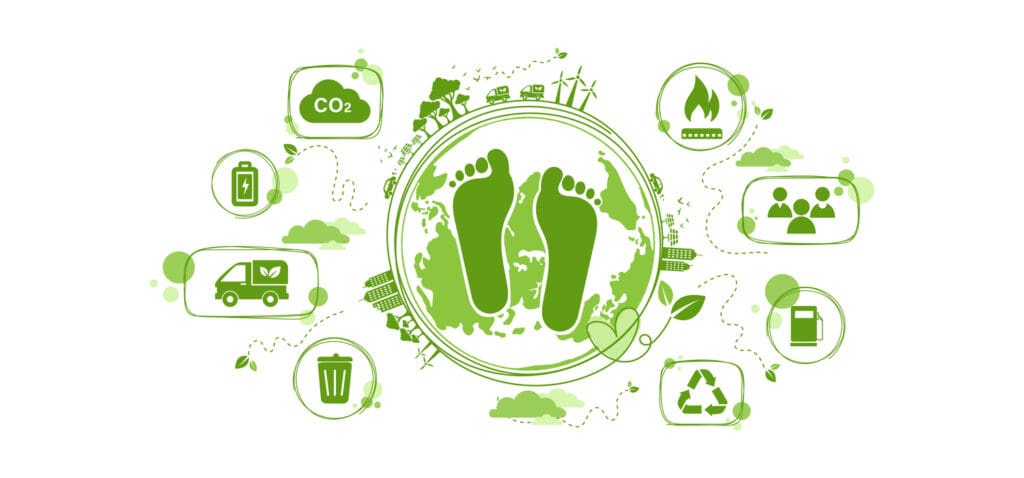
Your carbon footprint is the total amount of greenhouse gases produced to support your lifestyle—including the food you eat. The carbon footprint of food includes emissions from growing, harvesting, processing, packaging, and transporting food. The more steps involved and the longer the food miles your food travels, the higher its carbon impact.
For instance, conventionally grown food often requires the use of synthetic fertilizers and pesticides, which require significant energy to produce and apply. On top of this, much of the food we consume today travels long distances—sometimes thousands of miles—from farm to table. These transportation emissions are substantial, especially when considering that a large portion of food is shipped by air, which has a higher carbon intensity compared to other forms of transport. Additionally, emissions from beef cattle contribute significantly to global greenhouse gas emissions, as methane is produced through enteric fermentation and carbon output is associated with clearing land for pasture and growing feed.
In contrast, buying local and organic minimizes emissions at multiple stages of the supply chain. Local food travels significantly shorter distances, meaning fewer fossil fuels are burned. Furthermore, organic farming avoids energy-intensive synthetic chemicals, using natural fertilizers and farming techniques that work in harmony with the environment. As a result, choosing local and organic products helps lower the overall carbon emissions linked to your food.
Carbon dioxide equivalents (kgCO2eq) is a metric used to quantify the total greenhouse gas emissions from various food products by converting them into a single comparable value, illustrating the environmental impact of different foods within the supply chain.

When you prioritize buying local, you support nearby farmers and reduce your reliance on long-distance transportation. Local food often travels 100 miles or less, compared to the thousands of miles many grocery store items log. This results in fewer fuel emissions, less packaging waste, and fresher food on your plate. In fact, it’s estimated that food in the U.S. typically travels an average of 1,500 miles before it reaches consumers—an unnecessary carbon load that could be reduced by simply choosing locally grown alternatives.
By opting for locally sourced produce and products, you are reducing the need for refrigerated transportation, which adds further emissions. Additionally, local farms tend to use less plastic packaging and more eco-friendly materials, cutting down on plastic waste that contributes to pollution in landfills and oceans. Supporting local farmers also keeps money within your community, bolstering regional economies and enhancing food security. Buying local supports the local economy and reduces reliance on external supply chains.
Another benefit of buying local is the ability to support smaller-scale, diversified farms that focus on sustainability and soil health. Local markets help reduce food waste by promoting fresher, locally grown produce and minimizing spoilage during transit. Local farms are often more nimble and adaptable, making them better equipped to implement practices that reduce environmental harm, like water conservation and biodiversity preservation. Consuming local fruits also promotes seasonal eating and the preservation of diverse heirloom varieties. All of these factors combine to make local food a sustainable and environmentally friendly option.
Organic farming and climate change are closely linked. Organic practices avoid synthetic pesticides and fertilizers, which are derived from fossil fuels. Instead, they focus on natural methods like composting, crop rotation, and biological pest control—techniques that regenerate soil and reduce pollution. Organic farming encourages biodiversity, often allowing natural predators and pollinators to thrive in the ecosystem, which further reduces the need for chemical intervention. Additionally, organic farming helps preserve genetic diversity by promoting a variety of crops, including heirloom and indigenous species.
The environmental benefits of organic food extend beyond the reduction of carbon emissions. Organic farming tends to use fewer resources overall compared to conventional farming. For example, organic farms typically use less water, less synthetic energy inputs, and less plastic packaging, all of which further reduce their carbon footprints. Additionally, organic farming practices are known for increasing soil organic matter, which helps sequester carbon and improve soil fertility. This means that not only does organic food have a lower carbon impact, but it also contributes positively to soil health and climate mitigation. Organic farming practices are also more environmentally sustainable, as they focus on long-term ecological balance and resource conservation.
Furthermore, organic farms often use regenerative agriculture practices, which aim to restore and enhance the health of ecosystems rather than depleting them. By fostering healthy soils and promoting crop diversity, organic farming has the potential to reduce carbon emissions and even pull carbon out of the atmosphere, mitigating the effects of climate change. Effective manure management in organic farming also plays a crucial role in reducing greenhouse gas emissions associated with food production.
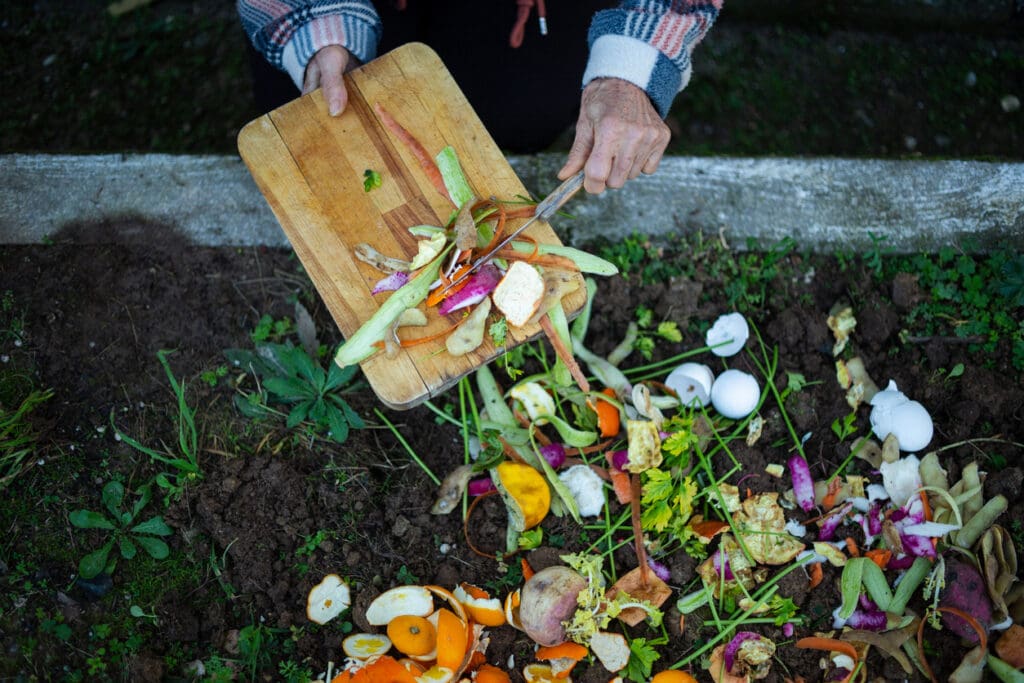
Reducing food waste is a critical aspect of sustainable eating, as it helps minimize the environmental impact of food production and consumption. Food waste contributes to greenhouse gas emissions, with the production, transportation, and storage of wasted food resulting in significant carbon dioxide emissions. To reduce food waste, individuals can plan their meals, shop from local farmers markets, and use up leftovers. Additionally, composting food scraps can help reduce the amount of waste sent to landfills and create nutrient-rich soil for gardening.
Implementing these strategies can help decrease the average household’s food waste, which is estimated to be around 30-40% of the food purchased. By reducing food waste, individuals can lower their carbon footprint, support sustainable agriculture, and contribute to a more environmentally friendly food system. Simple actions like buying only what you need, storing food properly, and getting creative with leftovers can make a big difference in reducing food waste and its associated environmental impact.
Composting food scraps is an effective way to reduce food waste and create a nutrient-rich soil amendment for gardening. Food scraps, such as fruit and vegetable peels, cores, and rinds, can be composted along with other organic materials like leaves and grass clippings. Composting helps to divert waste from landfills, where it would otherwise produce methane, a potent greenhouse gas. By composting food scraps, individuals can reduce their carbon footprint, support sustainable gardening practices, and create a natural fertilizer for their gardens.
Moreover, composting can help to mitigate the environmental impact of industrial agriculture, which is a significant contributor to greenhouse gas emissions. By adopting composting practices, individuals can contribute to a more circular and sustainable food system. Starting a compost pile or using a compost bin is a simple yet impactful way to turn food waste into a valuable resource, promoting healthier soil and reducing the need for chemical fertilizers.
Community-supported agriculture (CSA) is a model of sustainable agriculture that connects consumers with local farmers and promotes environmentally friendly farming practices. CSAs allow individuals to purchase shares of a farm’s produce on a regular basis, typically weekly or biweekly, and receive a box of fresh, locally grown fruits and vegetables. This approach supports local economies, promotes food security, and fosters a sense of community among members.
By participating in a CSA, individuals can reduce their carbon footprint, support sustainable agriculture practices, and enjoy fresh, nutritious food. Additionally, CSAs often provide opportunities for members to engage in farming activities, learn about sustainable agriculture practices, and develop a deeper appreciation for the importance of local food systems. By supporting local farmers and CSAs, individuals can contribute to a more sustainable and resilient food system, ensuring that future generations have access to healthy, locally grown food.

Choosing sustainable food choices means thinking about how your meals impact the world. When you opt for buying local and organic, you’re embracing a low-carbon, climate-friendly diet. It’s one of the most effective ways to support eco-friendly eating habits without overhauling your entire lifestyle. Sustainable food choices don’t just involve organic and local food, but also taking into account how food is grown, processed, and distributed.
For example, choosing seasonal and regional products also plays a role in sustainability. Foods that are in season and grown locally tend to be produced with fewer inputs, as they don’t need to be grown in heated greenhouses or transported from distant locations. Eating a plant-based diet, when possible, also reduces your overall carbon footprint, as plant-based foods generally require fewer resources to produce compared to animal products. Additionally, eating less meat can significantly reduce greenhouse gas emissions, making it a crucial step in lowering your carbon footprint.
Shopping at farmers’ markets, participating in Community Supported Agriculture (CSA), or joining a farm-to-table initiative are just a few ways you can make your food choices more sustainable. Hydroponics and other innovative methods to grow plants in urban environments are transforming how we produce food, making it more efficient and sustainable. Every small change can add up to a significant impact, especially when combined with other eco-friendly lifestyle habits like reducing food waste and composting. Vertical farming also facilitates large scale production in urban settings, optimizing space efficiency and addressing the demands of local food supply in cities.
Making mindful food choices is a powerful act of climate action. By reducing your carbon footprint through buying local and organic, you contribute to a more sustainable food system, healthier ecosystems, and a cooler planet. Sustainable food choices can significantly impact reducing global greenhouse gas emissions. As a consumer, your purchasing power is one of the most direct ways to influence how food is grown and distributed.
Next time you’re shopping for groceries, consider the journey your food has taken and the methods used to grow it. Supporting local farmers, choosing organic produce, and reducing your reliance on carbon-intensive foods can have a lasting, positive effect on the planet. Small changes in how and where you buy your food can lead to meaningful environmental impact and help reduce emissions—one bite at a time.
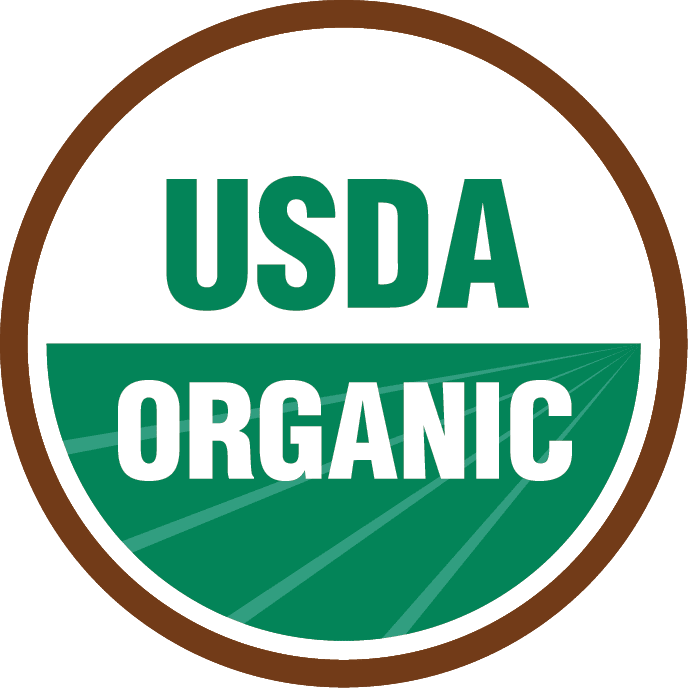
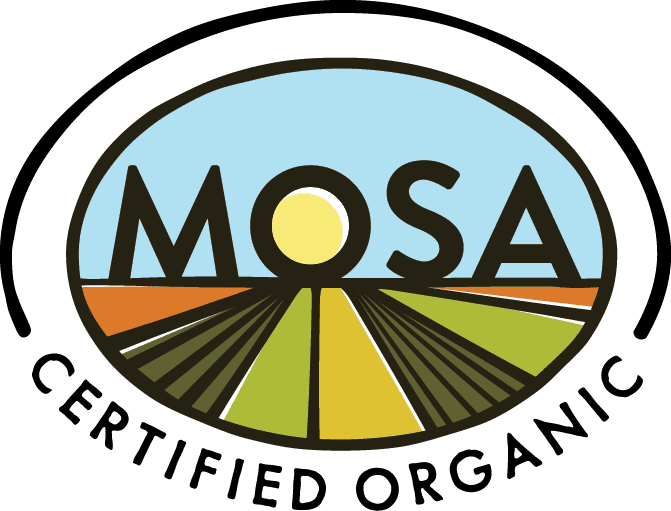



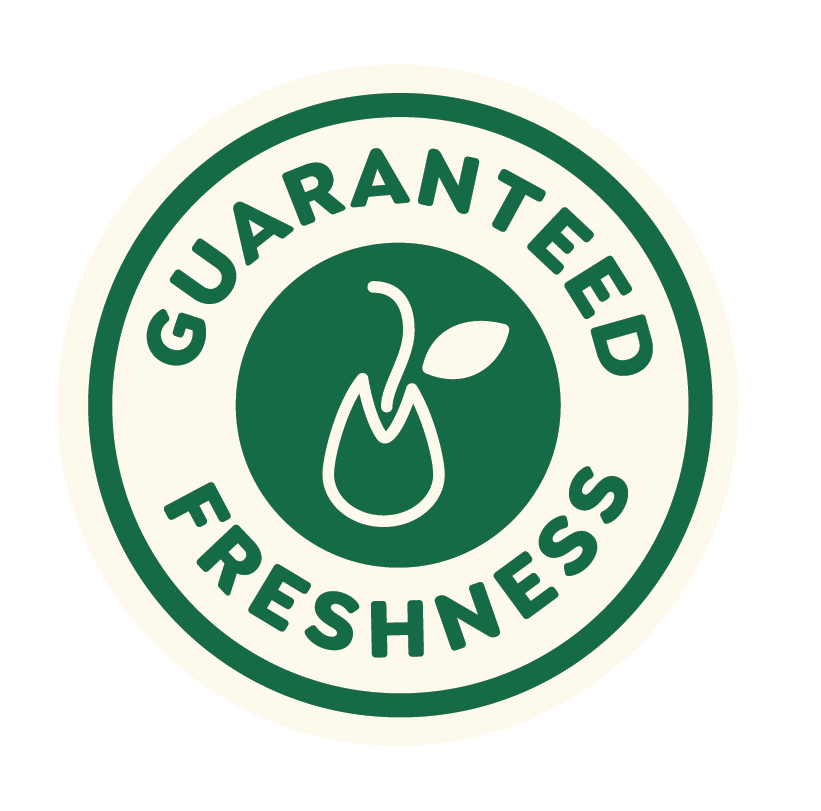

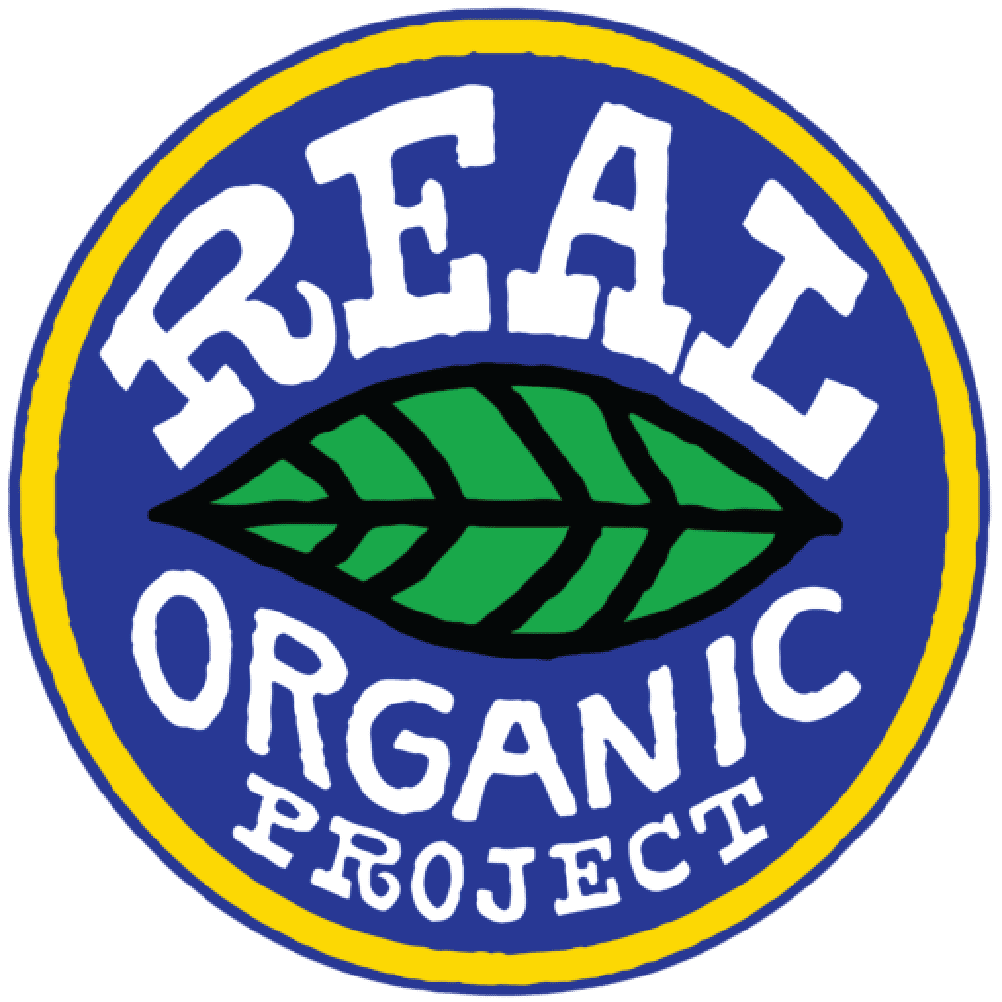
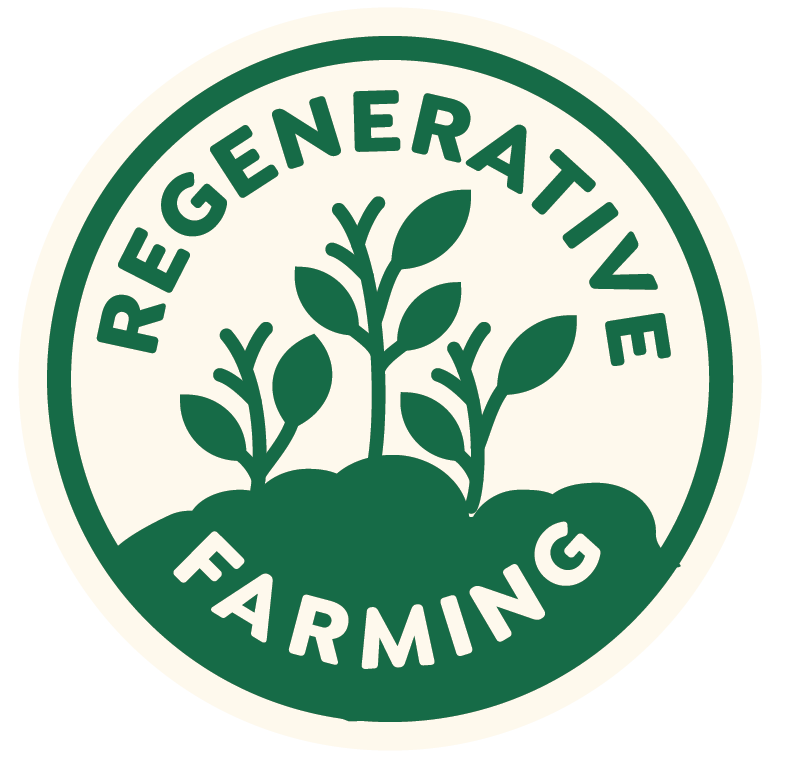
Sign Up for Exclusive Updates, Current Events, Recipes, and Special Offers and more!